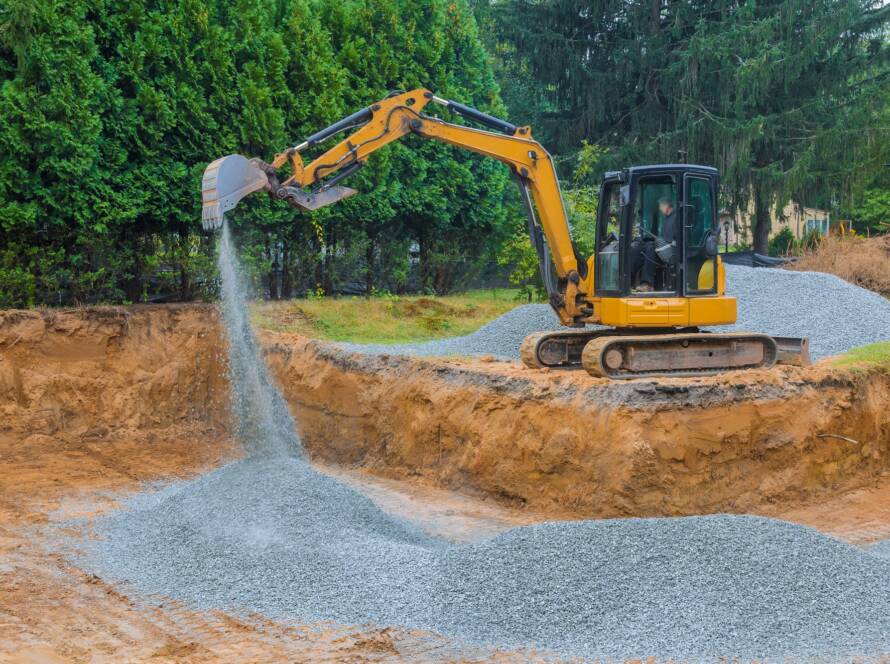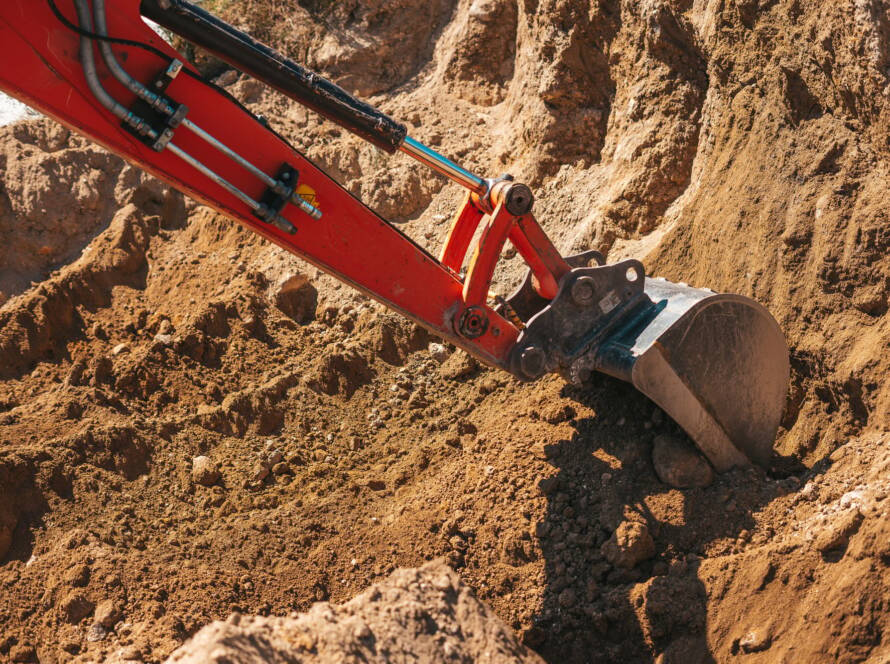Introduction
Excavation is the essential first step in most construction projects—setting the stage for everything that follows. Whether you’re building a warehouse, retail space, or infrastructure project, choosing the right excavation method ensures stability, safety, and success. Let’s explore the most common excavation options used in commercial construction.
1. Topsoil Stripping and Site Clearing
The initial step before digging:
- Removes vegetation, debris, and topsoil
- Prepares the site for grading and trenching
- Ensures proper drainage and a clean base
Best for: New builds, parking lots, and commercial landscaping.
2. Trenching
Narrow, deep excavations used for:
- Utility lines (gas, water, electrical, fiber)
- Footings for foundations or retaining walls
- Drainage systems
Trenching is essential for buried infrastructure before pouring foundations.
3. Foundation Excavation
Done to prepare for footings, slabs, and basements:
- Requires precision to reach design depths and widths
- May involve shoring for safety
- Often includes soil testing for stability
Best for: Commercial buildings, schools, warehouses.
4. Bulk Excavation (Mass Earth Moving)
Used to reshape large land areas:
- Adjusts elevation and grades
- Removes excess earth or adds fill
- Supports roadways, industrial pads, and site leveling
Ideal for: Manufacturing plants, subdivisions, commercial developments.
5. Rock Excavation
Used when solid rock prevents conventional digging:
- Requires blasting or specialized equipment
- Adds cost and complexity but ensures long-term stability
Often necessary in mountainous or bedrock-heavy regions.
6. Dredging and Muck Excavation
Used near water or wetland areas:
- Removes unstable, saturated soil (muck)
- Ensures proper load-bearing conditions
Best for: Bridges, waterfront construction, and heavy civil projects.
Conclusion
Excavation is more than just digging—it’s engineering. With the right method and equipment, you’ll build on a strong foundation and avoid costly problems later in the project lifecycle.



